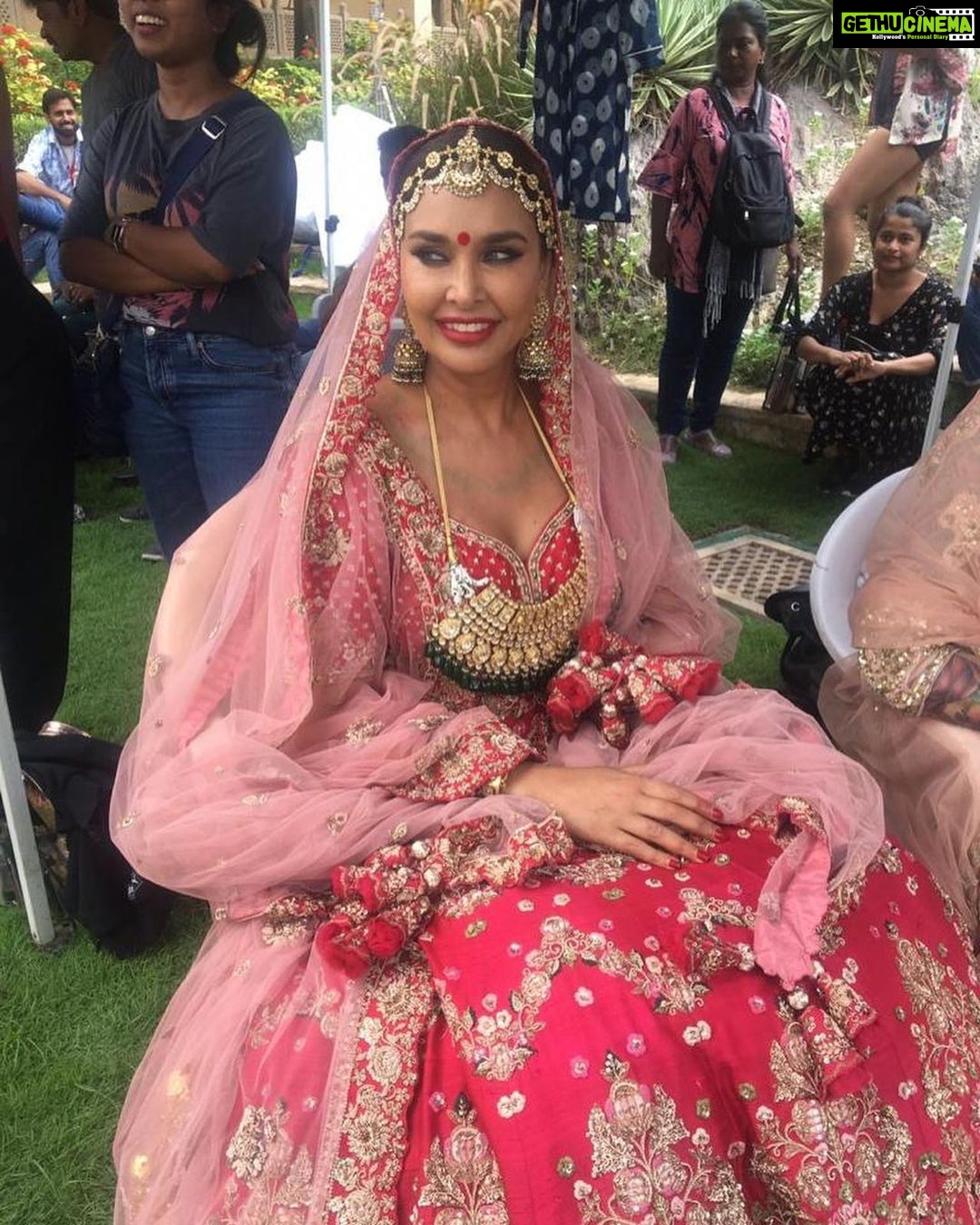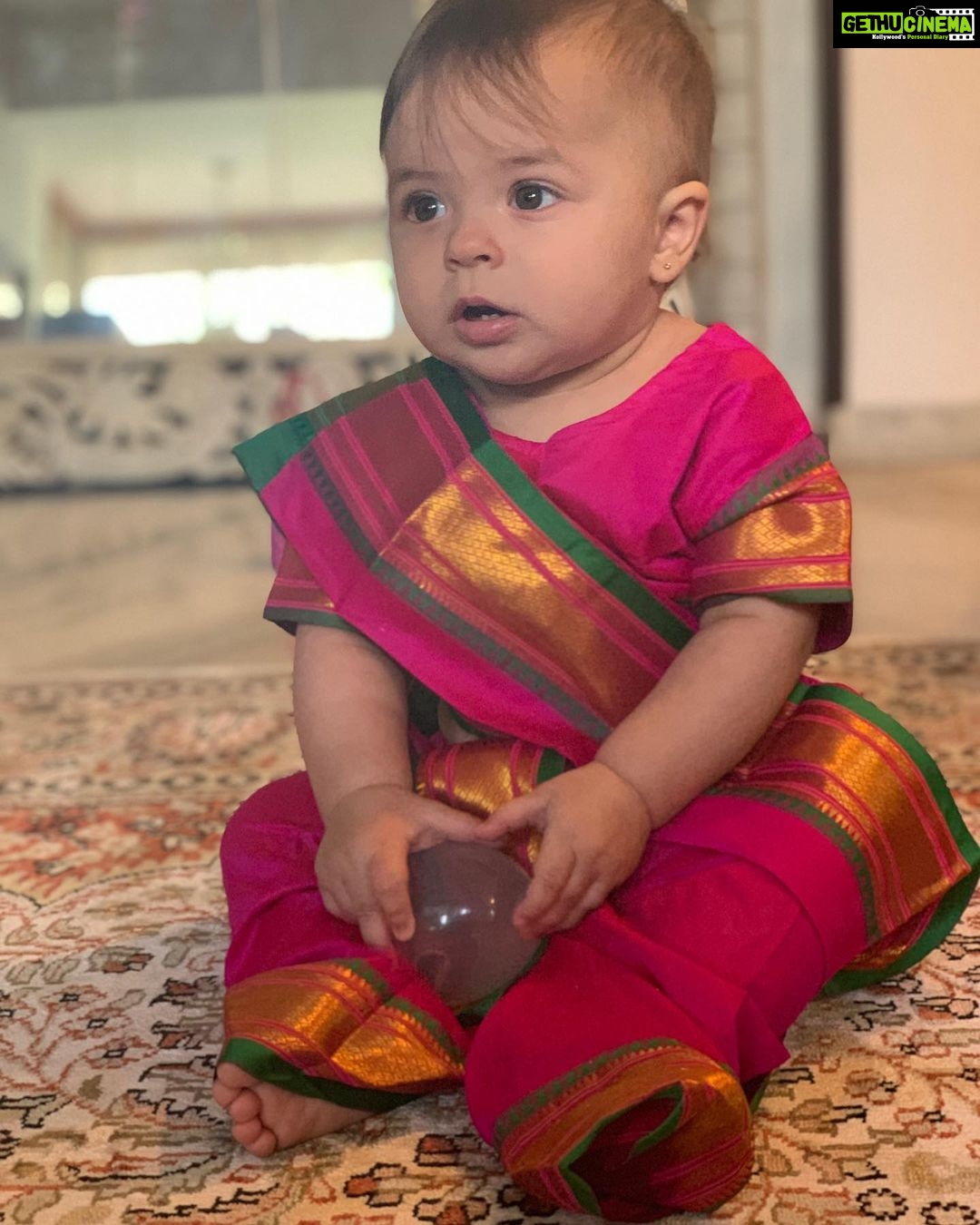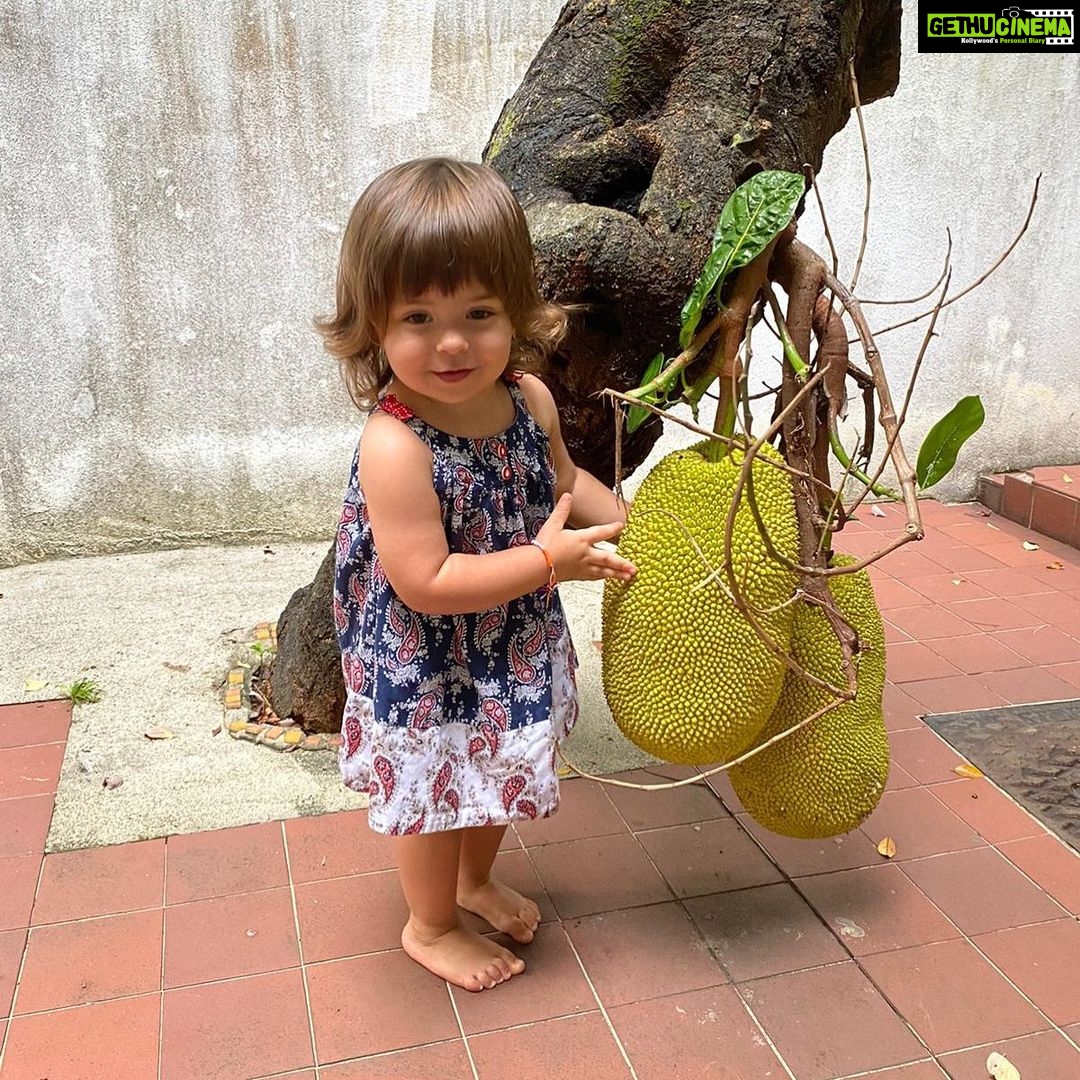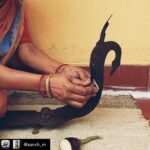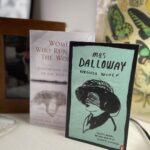Lisa Ray Instagram – Repost from @soleilnathwani using @RepostRegramApp – @jr Finding space in confinement
#Repost @jr | Posted on 27/Apr/2020 10:33:06
Home Actress Lisa Ray Instagram Photos and Posts – April 2020 Lisa Ray Instagram - Repost from @soleilnathwani using @RepostRegramApp - @jr Finding space in confinement
#Repost @jr
Check out the latest gallery of Lisa Ray
